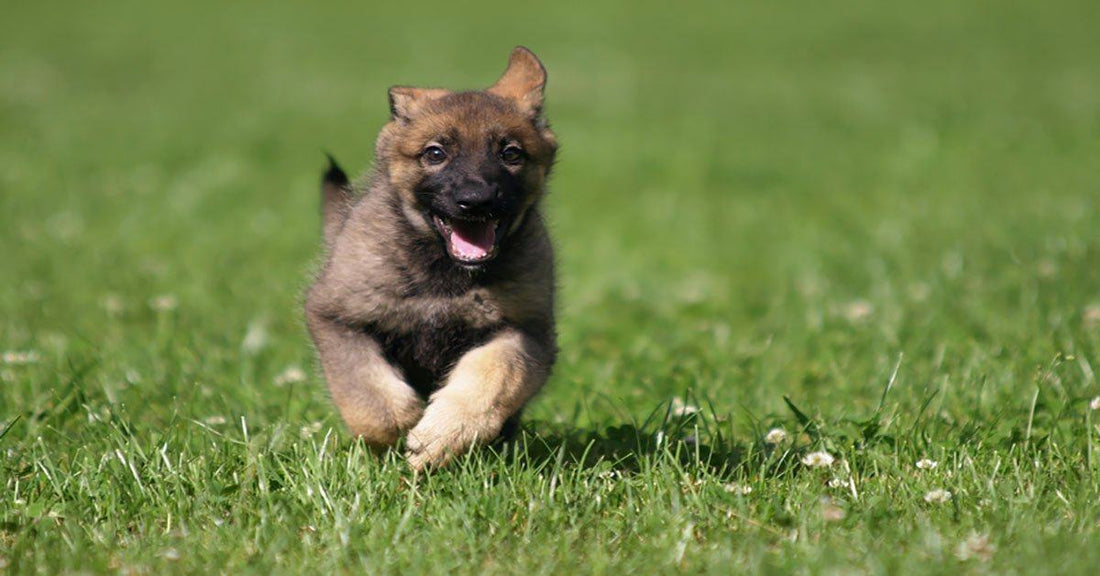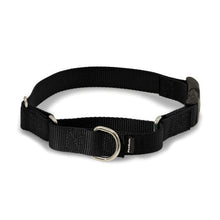Potty Training Made Simple for Dog

Bringing home a new puppy is very exciting and there is nothing cuter than cuddling with that tiny wiggling ball of fur with the sweet puppy breath.
Watching a puppy play, explore, and grow is nothing short of adorable and on top of that, puppies are a ton of fun!
However, those little bundles of fun also require lots of time and attention, and right on the top of every new puppy owner’s list is: POTTY TRAINING.
Potty training a puppy takes time and consistency and there is no way around the fact that accidents and messes will happen.
House training a puppy can be a bit of a challenge but remember that the pup is just a baby and will eventually be able to control his physical needs and learn when and where to go. Until that time, patience and consistency are the keys to success.
Potty training can begin as soon as you bring your puppy home, assuming your pup is about 8 – 12 weeks of age. However, many puppies that are under 12 weeks don’t have the bladder and bowel control needed to hold it, so you’re essentially going to have to get them out before they go in the house.
Each puppy is different and some are easier to train than others. For example, a puppy that has been removed from her eating and sleeping area to go potty may be easier to train than a pup that has been doing her business in a confined space where she sleeps and eats.
The basics of puppy training are actually really simple and it all starts with timing and a schedule as well as being able to identify the signs that a pup has to go.
Signs your puppy has to potty:
- The pup is sniffing the ground or following a smell.
- The pup suddenly stops whatever it is she is doing and begins to sniff.
- The pup starts toward the door she is usually uses to go outside.
- Whining (older pups)
- Staring at you (older pups)
- Circling
Puppies do well when they have a routine and schedule. They usually have to go potty after naps, meals, play, etc. Your potty training efforts will go further and there will be fewer accidents if you stick to a potty break schedule.
Potty break schedule:
- First thing in the morning
- Before a nap
- After a nap
- At regular intervals during the day
- After a lot of excitement
- Shortly after drinking water
- Shortly after eating a meal
- Right before you leave the house
- Last thing before bed
Of course all pups are different and you’ll learn to identify your dog’s signals but when you see these signs or according to your schedule, put a 6’ leash on your puppy (or carry when leashing is not possible) and then lead the pup to a designated area in the yard.
Each time you take your pup out for a potty break, use the same door. The purpose of the leash is to lead your pup out of the house and to his designated area. The 6’ will give your pup some room to sniff around while you maintain control of the space.
A harness may be helpful. When your pup starts to assume the position and go, give a command so he will learn to associate the command with going potty (the command can be anything you choose). Once the pup has ‘gone,’ sing his praises, pet, or give him a treat-the key is making a big deal about him doing his business outside. If your pup doesn’t ‘go’ after 5 – 10 minutes, take him back in the house and crate for about 10 – 15 minutes then try again.
To avoid accidents and speed up the potty training process, you should keep your pup in front of you, in his crate, or in the yard. If you give him the freedom to roam the house, your potty training system will get derailed, plus he’s still too young to explore unobserved.
A word on puppy pads and newspaper-while there are situations where newspaper and puppy pads can be appropriate, for the most part, this stop gap training method is a step that does not need to be taken.
Unless you are leaving your pup alone for hours during the day, it will be quicker to train your dog to do his business outside from the start. When using pads, you are simply training the pup to go on the pad and will later have to train the pup to go outside. Of course, we are not talking about pups that are too young to control their bladder and bowels.
If your puppy does have an accident in the house, remember, it’s your lack of supervision, and not the pups fault. If you catch your pup in the act, simply pick him up and take him out to his spot as fast as possible. When you do find a potty accident, and you will, never punish your pup, simply clean it up and move on.
Puppies are too young to understand and do not have control over their young bodies. Punishing a puppy for a potty accident may cause fear and insecurity while lavishing praise works wonderfully and makes your puppy feel loved.
While all pups are unique, potty training success depends on you. So when in doubt, take them out (and you’ll soon have potty training behind you)!
























